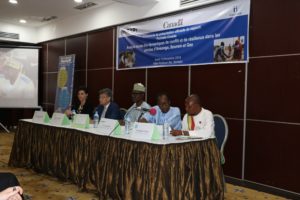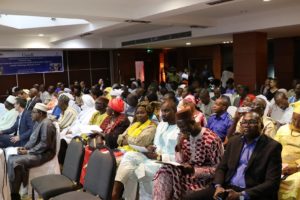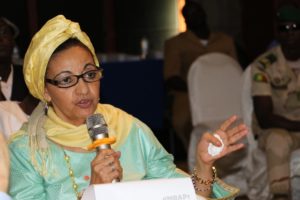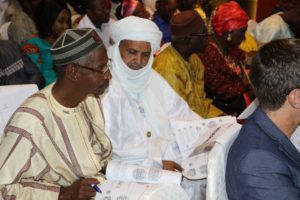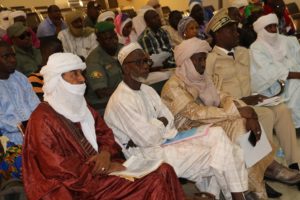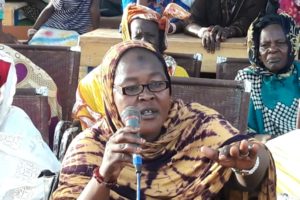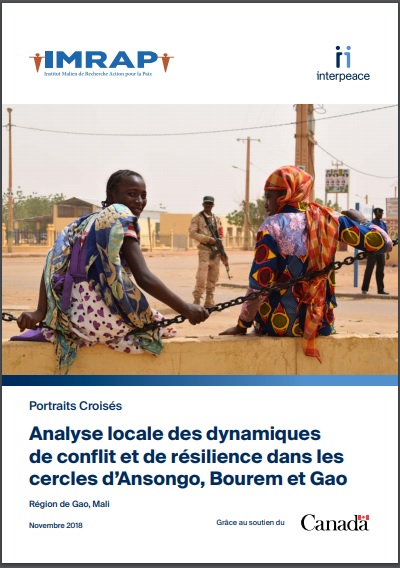Unveiling a region’s perceptions on security and inter-communal tensions - Conflict and resilience dynamics in Gao, Mali
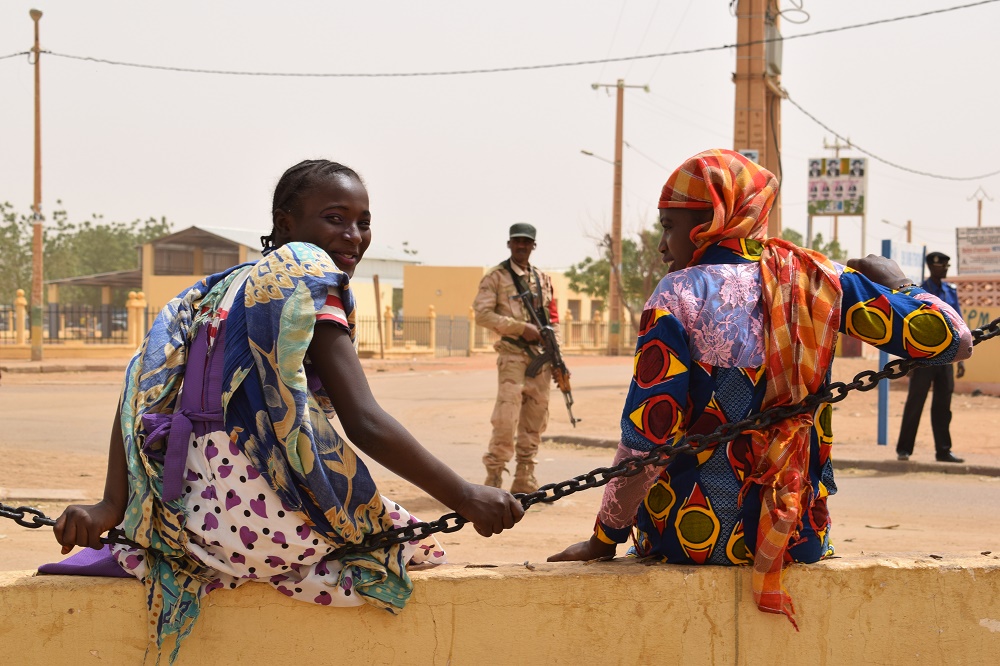
The Gao Region, located in northeastern Mali, is at the center of the multi-dimensional crisis that hit the country in 2012. The region has been deeply impacted by a series of events, including the armed rebellion of 2012, the departure of state authorities and armed forces, the occupation by terrorist groups and the military intervention that followed. Issues related to insecurity and the perception of injustice have heightened tensions between the communities and have undermined trust between the population and authorities.
To develop inclusive and sustainable solutions, it is crucial to understand the historical factors, community issues and conflict dynamics in the three cercles of the Gao region – Ansongo, Bourem and Gao. Moreover, working to build bridges of understanding to boost trust between the actors involved in the resolution of the crisis, both national and international, is a key part of the solution.
On 15 November 2018, Interpeace and its local partner IMRAP, launched the report : “Analyse locale des dynamiques de conflit et de résilience dans les cercles d’Ansongo, Bourem et Gao”. This report is the result of a participatory research process that lasted more than 15 months engaging 788 people. It provides an in-depth analysis of the current situation, highlighting the opinions and perceptions of local actors. It provides stakeholders with the opportunity to understand the views of the local population and how they perceive the initiatives put in place to solve the crisis, be they financial, technical or military.
- Launch of the report in Bamako, Mali. Photo credit: IMRAP
Obstacles to social cohesion and peace in the Gao Region
The report sheds light on the population’s perceptions on security issues, inter-communal tensions, the return of the State to the Gao Region and on the management of the crisis by diverse stakeholders.
The persistence of insecurity in the region, despite the existence of numerous national and international military forces, has led to frustration among the people of Gao. The report illustrates that the presence of more security forces, if not coupled with enhanced trust between them and the population, does not give a sense of security, but rather the contrary.
Additionally, there is a growing feeling of mistrust between communities in Gao. The persistence of violent attacks taking place in the region contributes to fueling community stigma. There is a widening gap between populations, especially sedentary and nomads, who are becoming more and more wary of each other. Some communities are perceived by others as criminals, simply because one of their members was suspected of wrongdoing. As a result, populations have developed reciprocal feelings of victimization, which are heightened by a feeling of bias in modes of governance.
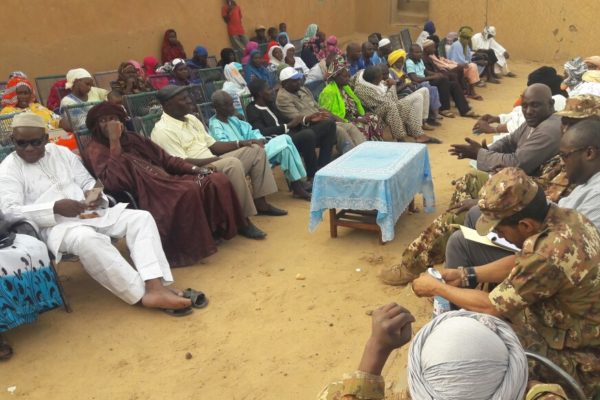
Participatory research process in the Gao Region. Photo credit: IMRAP
The report also includes recommendations to help increase social cohesion, develop methods for concerted security management and approaches that can contribute to restore the trust between civilians and security forces.
Read the full report in French here.
Read the Illustrated Synthesis in French here.
Read the Illustrated Synthesis in English here.
Fostering a culture of dialogue
Interpeace and IMRAP believe that the solutions to the challenges faced by post-conflict societies must be developed and decided within the affected communities. As a result, the participatory research process for this report engaged 788 people from the communities of the cercles of Ansongo, Bourem and Gao, through focus groups, workshops and individual interviews. By taking into account the opinions of all sectors of society, the process contributes to fostering a culture of dialogue, which can ultimately improve the relations between actors.
Following the consultation phase, the results were shared with a group of representatives of the stakeholders previously consulted. The objective was to verify that the data collected and analyzed truly reflected the discussions, and helped provide the necessary nuances, to collect additional diagnostic elements to deepen the participatory analysis. This validation process also offered a space for peaceful dialogue between people representing different communities.
This research is the second of a series of Portraits croisés developed by Interpeace and IMRAP. The first one was published in June 2017, entitled: “Analyse locale des dynamiques de conflit et de résilience dans les cercles de Koro et Bankass – Région de Mopti”. These two processes were made possible thanks to the support of the Government of Canada and its Peace and Stabilization Operations Program (PSOPs).
- Participatory research process in the Gao Region. Photo credit: IMRAP
